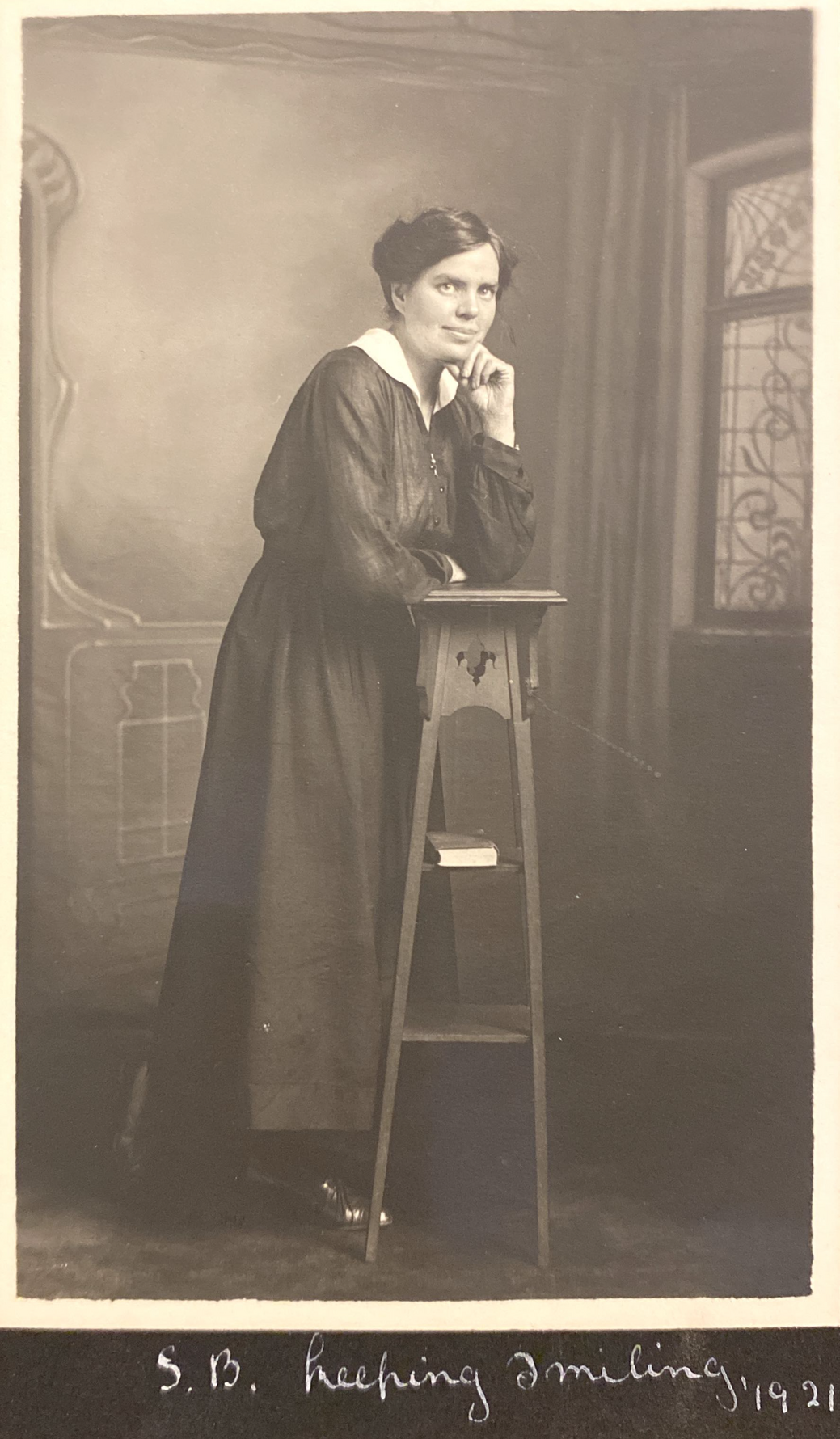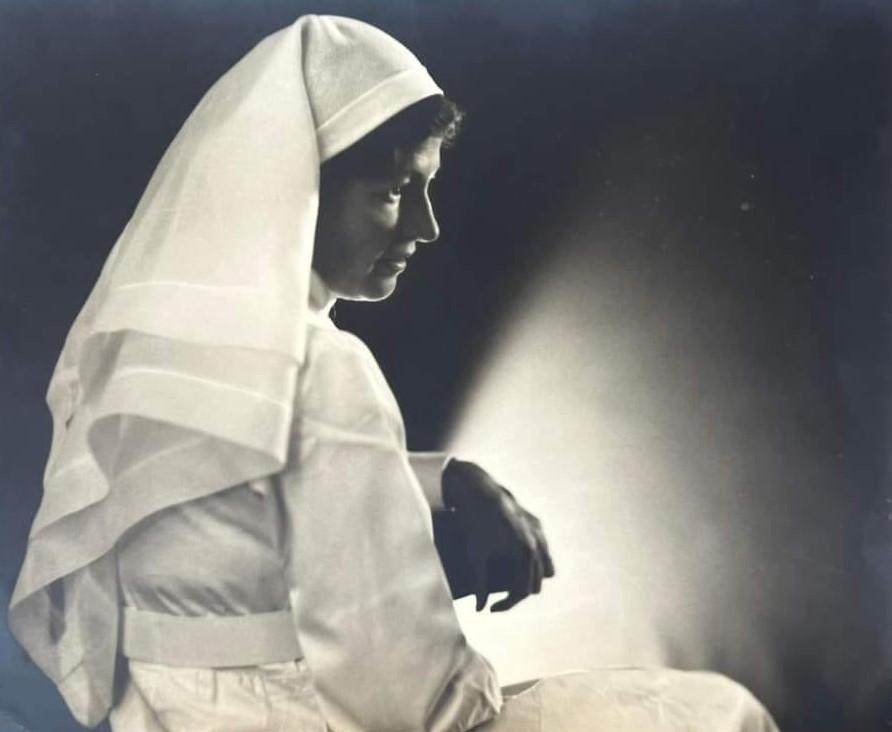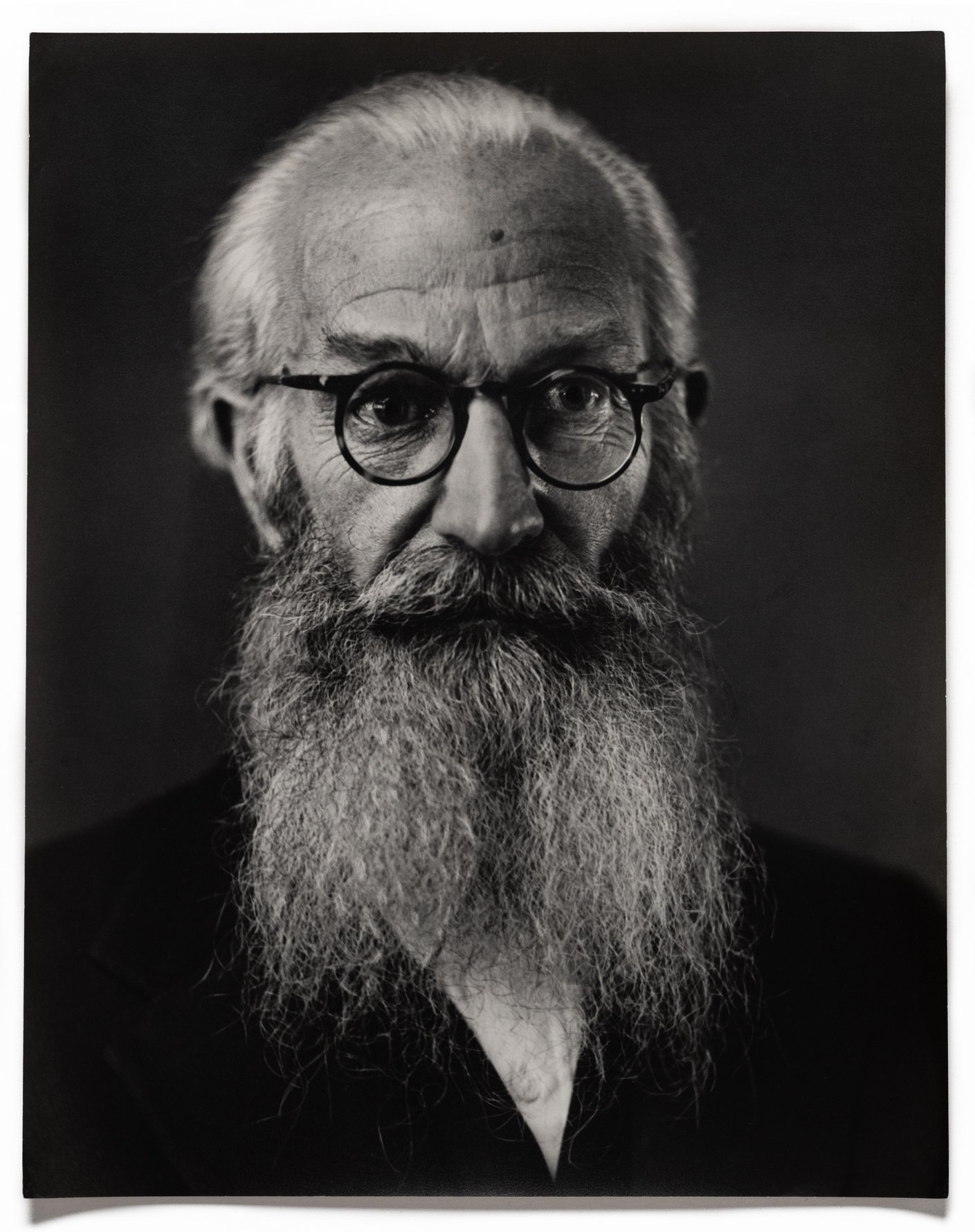One person's trash is another's treasure. This found literal expression when hobbyist photographer Michael de Nobrega found himself rummaging through the drawers at an antique shop in Mossel Bay, and chanced upon an astonishing discovery that has brought the work of a little-known but pioneering Joburg portrait photographer Sara Buijskes to the fore.
The haul has, of course, delighted the city's heritage fundis. Despite her prolific career in the 1900s Buijskes is fairly unknown in South Africa. De Nobrega's find of almost 200 large format black and white photographs is a boon for the country's repository of portrait photography and marks a welcome addition to the local canon. It's also an opportunity to dig deeper into Buijskes' life and work.

Born in Kimberley in 1886, Buijskes was a second-generation South African of Dutch descent who lived in Johannesburg from 1906 to 1970. She began her career as the assistant to Joburg-based photographer Robinson Christian Engelstoft Nissen.
Buijskes' work developing and printing Nissen's photographs so impressed him that he offered her a position as a photographer. At a salary of R4 a week, she was given the title of "veteran Afrikaans-speaking photographer." It is interesting to note that Buijskes never had any formal training in photography, but instead, as stated in an article written for Heritage Portal by photo historian Carol Hardijzer, "relied on her natural flair and artistic eye to climb the ladder to success."

Buijskes' career produced work that has been described as unique, creative, and outstanding. The image above is a case in point; a portrait that was certainly imaginative for its time and still feels fresh today. She also broke new ground in her role as a female photographer. According to Hardijzer, there was substantial uncertainty about the ability of women to be photographers, and Buijskes therefore had to be "thick-skinned to survive the industry." Buijskes was revolutionary for her career choice, but also a product of her time in a Johannesburg that was deeply segregated, hence the focus on white life in the city at that time.
Her early inspiration came from watching the way the light fell on the faces of the people who shared her tram as she travelled to and from work. She worked for Nissen from 1906 until 1931, after which she borrowed money from her maternal grandfather to open her own studio.
Buijskes had her studio on the top floor of the 10-storey Barbican building on Rissik Street in the Johannesburg City Centre. The rediscovery of her work coincides wonderfully with the recent restoration of this historic building under new ownership (January 2025). A substantial portion of her time was dedicated to photographing newly wed couples, who would go to her studio, accompanied by their families, after the conclusion of the wedding formalities. She also had assistant photographers, one of whom was her sister, Maude Buijskes, who attended weddings on her behalf.

Buijskes in known for having photographed a number of prominent South African figures, including artist Erich Mayer; broadcaster Pieter de Waal; historian and writer Professor Tienie van Schoor; theologian Dr. William Nicol; lecturer, inventor, and medical doctor, Dr. Arthur Bensusan; generals Piet Grobler and JC Kemp; and novelist and essayist CM van den Heever. She also participated in national photography competitions and was an associate member of the Royal Photographic Society.
Most notably, she received a rare and prestigious Swiss Artiste Fédération Internationale de l’Art Photographique (AFIAP) award for her portrait Unconquered in 1935. Buijskes' portraits are remarkable for their ability to tell a story, as well as their creative titles. In the work submitted for competitions, Buijskes seemed to have a preference for older sitters and for extravagantly bearded men in particular. Her use of light and shadow is striking, and she had a gift for bringing out the essence of her subjects.

As a person, it is said that Buijskes is fondly remembered as a "refined and benevolent person, proud of her Dutch heritage and with strong family orientation." After 64 years as a professional photographer, Buijskes died in 1970. Her camera and some of her photographs were donated to Museum Africa, while many other negatives were, sadly, destroyed.
As for the collection of historical photos that resurfaced some 52 years after her death, Johannesburg Heritage Foundation (JHF) hosts an exhibition and talk at Rand Club celebrating Buijskes' work on Sat, Feb 15, 2025 from 09:00 – 12:00. Book tickets here. Further viewings of unsold pieces are by appointment only at the JHF offices at Northwards in Parktown. Email mail@joburgheritage.org.za for enquiries.
Now that Buijskes' photographs have once again seen the light of day, we're certain this isn't the last we'll be hearing about this portrait photographer.


_m.jpg)
_m.jpg)
_m.jpg)
_m.jpg)


Comments